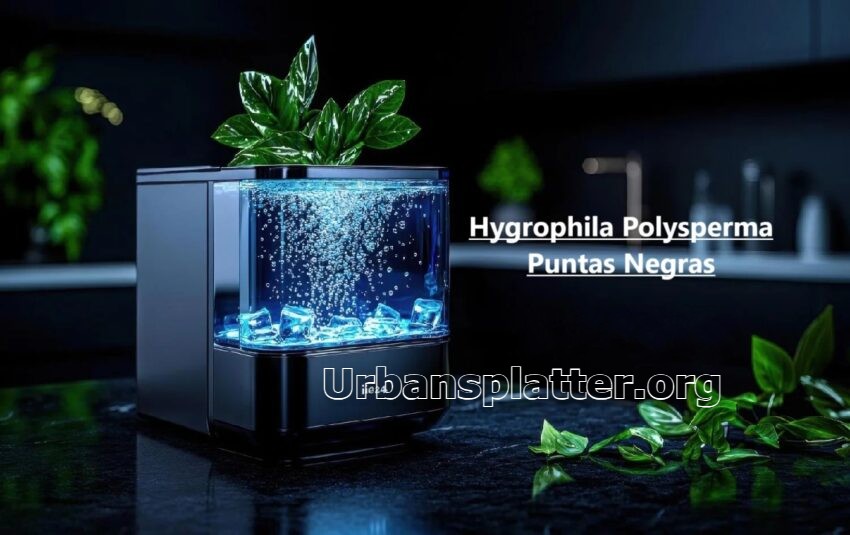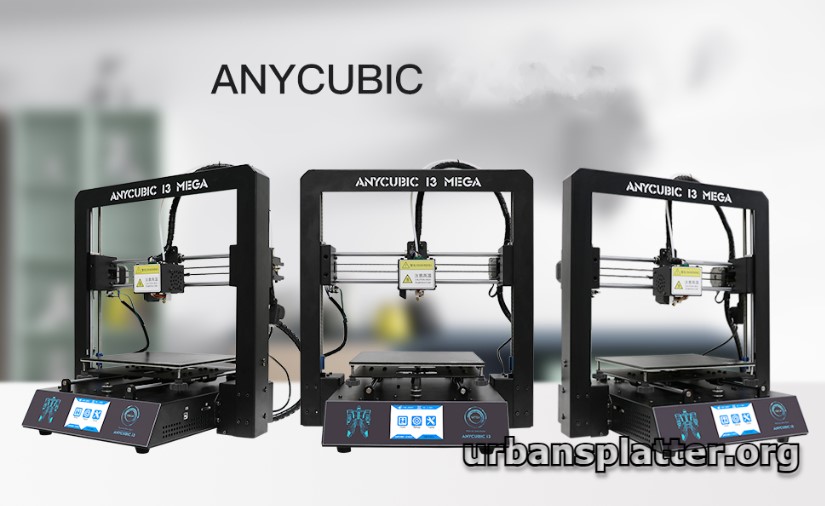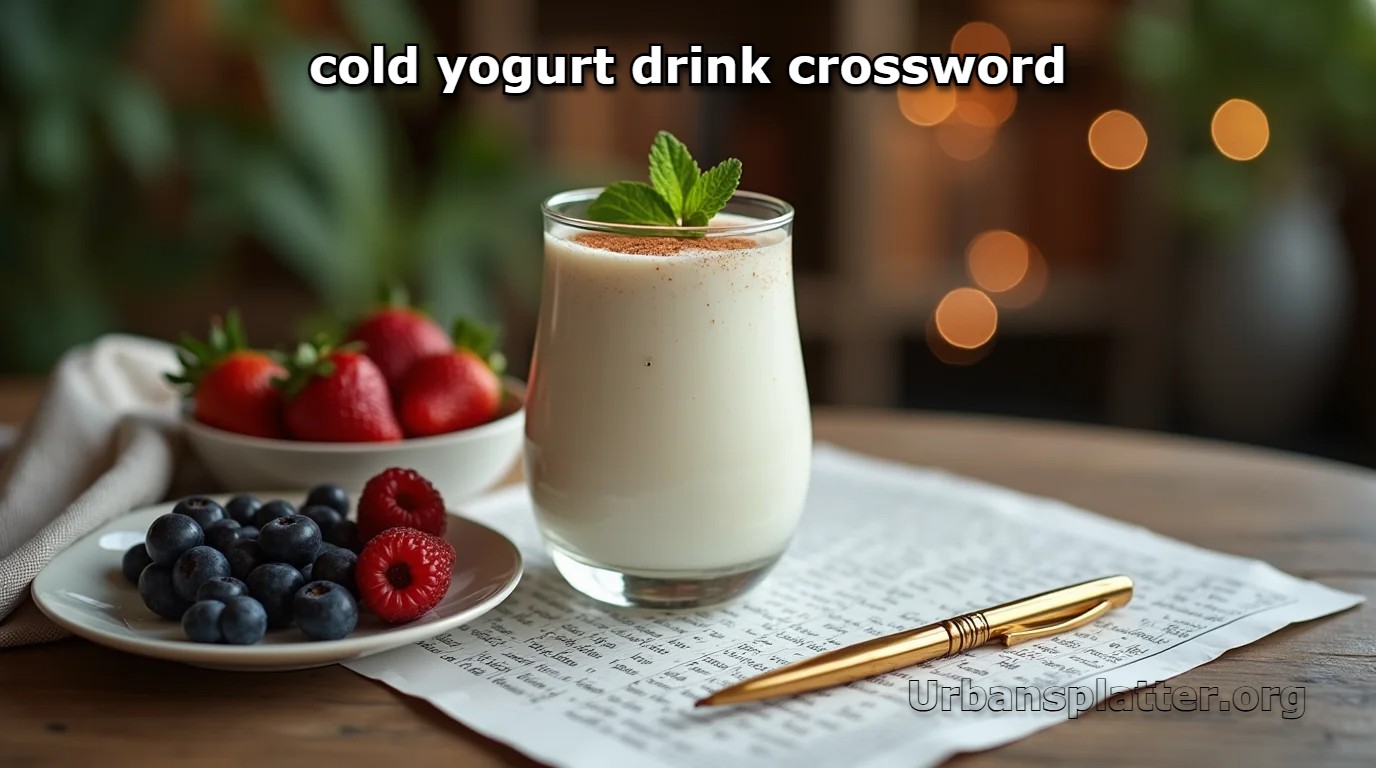Imagine walking into a serene room where an aquarium glistens with vibrant green plants. As you gaze closer, you spot the mesmerizing Hygrophila Polysperma Puntas Negras, its striking appearance whispering tales of tranquility and beauty. I recall the first time I encountered these delightful plants, instantly feeling drawn to their unique charm and adaptability in water gardens. Join me as we dive into their fascinating world, uncovering tips, tricks, and personal anecdotes along the way.
The Allure of Hygrophila Polysperma Puntas Negras
Understanding Their Unique Characteristics
Let’s dive into the world of Hygrophila Polysperma Puntas Negras. This aquatic plant stands out with its striking dark green leaves. Each leaf seems to reach for the sunlight, creating a beautiful contrast against the water’s surface. Have you noticed how some plants just seem to glow? That’s what this species does in your aquarium.
What’s most fascinating? Hygrophila Polysperma can grow quite tall. It can reach a height of up to 20 inches. This makes it a versatile choice for aquascaping. Are you a beginner? No problem. This plant is also suitable for you. Skilled aquarists will appreciate its unique growth patterns as well.
Visual Appeal and Aesthetic Benefits in Aquariums
The aesthetic benefits of Hygrophila Polysperma Puntas Negras are hard to ignore. Imagine a calm, serene water garden. This plant symbolizes tranquility like no other. It adds depth and vibrancy to any aquarium setup. You’ll often find it featured prominently in aquascaping designs.
The shapes of its leaves and their rich color can complement various decorations and other plants. Think of it as the cherry on top of your aquatic dessert. You want an eye-catching display, right? This plant helps achieve that effortlessly.
Common Uses in Aquascaping
In the realm of aquascaping, Hygrophila Polysperma Puntas Negras shines. It serves multiple purposes: from being a centerpiece to providing lush backgrounds. The plant can also help create a natural habitat for your aquarium’s inhabitants. Who wouldn’t want to give fish a sense of security with lush foliage?
This plant does more than just look good. It enhances the overall health of your aquarium. Its growth can absorb excess nutrients in the water. Thus, maintaining a balanced ecosystem. If that’s not a bonus, what is?
“Hygrophila Polysperma is a testament to nature’s artistry in aquatic plant form.” – Naturalist Karen Remington
Data at a Glance
| Characteristic | Details |
| Height | Can grow up to 20 inches |
| Growth Rate | Moderate to fast |
| Light Requirement | Moderate |
Understanding the basics of Hygrophila Polysperma Puntas Negras can elevate your aquatic gardening game. It’s not just a plant; it’s a vital component of your underwater landscape. With its unique features and aesthetic appeal, it’s a clear favorite among both novice and experienced aquarists.
Choosing the Right Environment for Your Plants

Creating the right environment for your aquatic plants is crucial. It’s like setting the stage for a vibrant performance. Do you want your plants to thrive? Then let’s dive into the essential components: water parameters, temperature, and companion plant choices.
Ideal Water Parameters
Water quality is fundamental for plant health. A crucial aspect you should check is the pH level. The preferred range for many aquatic plants is 6.5 to 7.5. This range ensures that nutrients are available. If the pH is too low or too high, your plants might not get what they need.
- Preferred pH levels: 6.5 – 7.5
Another vital element is the hardness of water. Most aquatic plants prefer soft to moderately hard water. This can vary, so test your water regularly. Regular tests help ensure that your plants flourish.
Temperature and Lighting Conditions
Now, let’s talk temperature. The ideal temperature for many aquatic plants, including Hygrophila Polysperma Puntas Negras, ranges from 72°F to 82°F. Why is this important? A stable temperature supports growth cycles. Fish and plants alike will thrive under these conditions.
Lighting also plays a crucial role. Bright, indirect light is typically best. If the light is too harsh, it can lead to algae growth, which will compete with your plants for nutrients. Have you considered using LED lights? They provide excellent visibility and are energy-efficient.
Best Companion Plants for a Thriving Tank
Choosing the right companion plants can create a well-balanced ecosystem. Great choices include Anubias and Java Fern. These plants grow well together and do not compete aggressively for resources.
- Companion Plants: Anubias, Java Fern
| Parameter | Range |
| pH Range | 6.5 – 7.5 |
| Ideal Temperature | 72°F – 82°F |
| Companion Plants | Anubias, Java Fern |
When you provide the right conditions, you enable a flourishing underwater garden. Remember, it’s all about balance. Your setup can either support or hinder your plants, so choose thoughtfully.
“Creating the right environment is like setting the stage for a vibrant performance.” – Aquascaper Lily Tran
Nourishing Your Hygrophila Polysperma Puntas Negras

If you’re a proud owner of Hygrophila polysperma Puntas Negras, you may wonder how to keep this beautiful aquatic plant thriving. These lush greens enhance your aquarium’s beauty and create a vibrant ecosystem. But what does it take to nourish them properly? Let’s dive in!
Types of Fertilizers to Use
Choosing the right fertilizer is crucial. Aquatic plants, like your Hygrophila polysperma, have specific needs. Here are some recommendations:
- Seachem Flourish: A complete nutrient source ideal for aquatic plants.
- API Leaf Zone: Primarily focused on providing essential iron and potassium.
Liquid fertilizers work best because they provide nutrients directly to the water column, making absorption easier for aquatic plants. Imagine the satisfaction of seeing your plant flourish right before your eyes!
Nutrient Essentials for Healthy Growth
To keep your plant healthy, it needs a balanced supply of nutrients. Key players include:
- Iron: Essential for chlorophyll production. Without it, leaves can become yellow.
- Potassium: Vital for photosynthesis and overall plant vigor. Lack of potassium leads to stunted growth.
Consider the potential impact of nutrient deficiencies. If the plant lacks nutrients, it may not grow as beautifully as you desire. So, how can you tell if your plant is getting enough nutrients? Watch for yellowing leaves! It’s one of the most common signs of nutrient deficiency. If you see this, it’s a call to action!
Signs of Nutrient Deficiencies
Paying attention to your plant’s signals can help you prevent problems. Here are a few signs to look out for:
- Yellowing leaves: Indicates potential iron deficiency.
- Stunted growth: This could signal a lack of potassium or other essential nutrients.
Don’t let these signs go unnoticed! Regular monitoring can aid in maintaining the health of your aquatic plants. Moreover, a consistent application of your chosen fertilizer preferably monthly will keeps your plants nourished and happy.
“Healthy plants contribute not only to the aquarium’s beauty but its biodiversity.” – Botanist James Carr
Remember, a well-nourished aquatic plant not only enhances your aquarium’s aesthetic but also contributes to a thriving aquatic environment! So, take the time to understand their needs, and enjoy the gorgeous display they create!
Common Challenges and Solutions

In the delicate world of aquascaping, managing the health of your plants, especially the Hygrophila Polysperma Puntas Negras, can pose challenges. You’re not alone if you’ve encountered algae growth or pests in your aquarium. These hurdles can be frustrating, but with the right strategies, you can overcome them!
1. Algae Growth Management
Algae can be a major nuisance in an aquarium setting. It can turn a clear tank into a green nightmare. So, how do you tackle this problem?
- Regular Water Changes: Keeping the water clean is vital. Change 10-15% weekly to control nutrient levels.
- Control Lighting: Algae thrive in light. Reduce direct sunlight exposure or use a timer for artificial lighting.
- Tank Maintenance: Regularly clean your tank and substrate. This prevents algae from taking root.
Different types of algae, such as Green Spot Algae and Hair Algae, present unique challenges. What works for one may not work for another. Understanding these types helps you choose the best treatment.
2. Dealing with Pests and Diseases
Identifying and treating pests is essential. If left unchecked, they can harm your plants significantly.
- Be Vigilant: Look for signs of infestation early. Snails may seem harmless, but they can reproduce quickly and clutter your tank.
- Pest Examples: Keep an eye out for aphids and other unwanted guests that can cause damage.
- Natural Remedies: Introduce beneficial insects or use organic treatments to keep your plants thriving.
Remember, every time you face a challenge, it’s a chance to learn. As Aquatic Gardener Fiona Lee wisely said,
“Every challenge is an opportunity to learn and adapt to the art of aquascaping.”
3. Tips for Maintaining Plant Health
Maintaining the health of your Hygrophila Polysperma Puntas Negras requires dedication.
- Pruning: Regular pruning promotes healthy growth and improves appearance. Trim dead leaves and encourage new ones.
- Nutrient Management: Ensure proper fertilization. Use balanced nutrients to support plant growth.
- Check Up Weekly: Establish a routine to monitor plant health. This helps catch problems before they escalate.
By following these simple tips, you can enjoy a lush and vibrant tank area. Consistent attention gives you a thriving garden underwater!
Total success won’t come overnight. It takes time and effort. But remember, aquascaping is a learning experience. Your plants will teach you as you go along! With each hurdle you overcome, your skills improve, and your aquatic garden flourishes.
The Aquatic Community and Your Experience

Diving into the world of aquarists isn’t just about your fish or plants. It’s also about connecting with others who share your passion. Engaging with fellow aquarists, whether online or offline, can greatly enhance your journey. It’s like adding an extra layer to your experience, making it richer and more rewarding.
Engaging with Fellow Aquarists Online and Offline
Online communities are bustling with enthusiasts eager to share their knowledge. Platforms like Reddit and Facebook Groups are fantastic spaces to join. You can ask questions, seek advice, or share your successes. Not to mention, you’ll learn a ton from others’ experiences!
But don’t forget about local engagement! Joining a local club can be a rewarding experience. MeetUp groups and community centers often host swaps and meetups. Imagine exchanging plants with other enthusiasts it’s not just about the fish; it’s about the connections you create.
Sharing Personal Stories and Experiences
Are you proud of your latest aquascape? Have you learned a trick to keep that stubborn plant thriving? Sharing your personal stories is essential. Every aquarist has a unique journey, filled with victories and lessons learned. When you share your journey, you inspire others and also open the door for feedback.
- Storytelling builds community.
- It creates a shared sense of achievement.
- Your challenges can help others learn.
As
“The beauty of aquarists lies not just in care but in community.” Community Activist Bella James
reminds us, that it’s about connecting with others who understand your love for the aquatic world.
Building a Network for Knowledge Exchange
Building a network can be incredibly beneficial. It’s not just about having new friends; it’s about creating a robust resource for knowledge exchange. Whether you’re new to aquaristics or a seasoned aquarist, having a network is invaluable. You can learn about:
- Tips and tricks that others have used.
- Techniques for maintaining your tank.
- Events happening in your area.
Participating in enrichment events like workshops and plant swaps can also broaden your understanding. These gatherings are not only informative but also fun! You get to meet other hobbyists who share your interest.
So, take that step. Seek out online forums, attend local clubs, and participate in those events. Embrace the connections you make and the stories you share. It’s all part of your aquatic journey, and it’s something worth celebrating.
Conclusion: Nurturing Beauty with Hygrophila Polysperma Puntas Negras
As we wrap up our exploration of Hygrophila Polysperma Puntas Negras, it’s essential to reflect on the journey we’ve undertaken together. This beautiful aquatic plant is more than just a pretty addition to your aquarium. It represents the heart of aquatic gardening patience, knowledge, and care. Did you know this plant can adapt to various conditions? That flexibility is a testament to its resilience. Remember the key points we discussed: the importance of proper lighting, nutrient balance, and mindful pruning. Each aspect contributes significantly to the plant’s thriving beauty.
Why not take some time to explore more about aquatic plants? The world of aquatic gardening is vast and inviting. You can dive deeper into nuances of different species, or perhaps experiment with other plants that complement Hygrophila Polysperma Puntas Negras. With every discovery, you’ll find yourself better equipped to create a thriving underwater ecosystem. Learning doesn’t stop here. The more you engage with this community, the richer your experience will be.
Continued engagement and knowledge sharing are vital. Gardening, especially aquatic gardening, is not just about planting and waiting. It’s about nurturing a living environment. A thriving environment often reflects the care you’ve invested in. Care strengthens bonds, whether you’re nurturing plants or connecting with fellow gardening enthusiasts. It’s a shared journey, filled with challenges and triumphs.
Let’s reinforce the importance of community here. Sharing your successes and even your struggles can foster valuable lessons for everyone involved. Have you witnessed a surprising transformation in your aquarium thanks to Hygrophila Polysperma Puntas Negras? We’d love to hear about it! Your experiences can inspire others and contribute to a collective learning process.
This journey of growth and support is central to the art of aquatic gardening. As
“Every plant nurtured is a step towards a greater appreciation of nature.” – Ecologist Mark Shores
Let this idea resonate with you as you continue your gardening adventures.
In conclusion, your journey with Hygrophila Polysperma Puntas Negras is just the beginning. Embrace the ongoing learning, stay curious, and most importantly, connect with the community. With each plant you nurture, you’re not just enhancing your aquarium; you’re also deepening your appreciation for nature. So, keep exploring, keep learning, and let’s continue nurturing our passion for aquatic beauty together.















